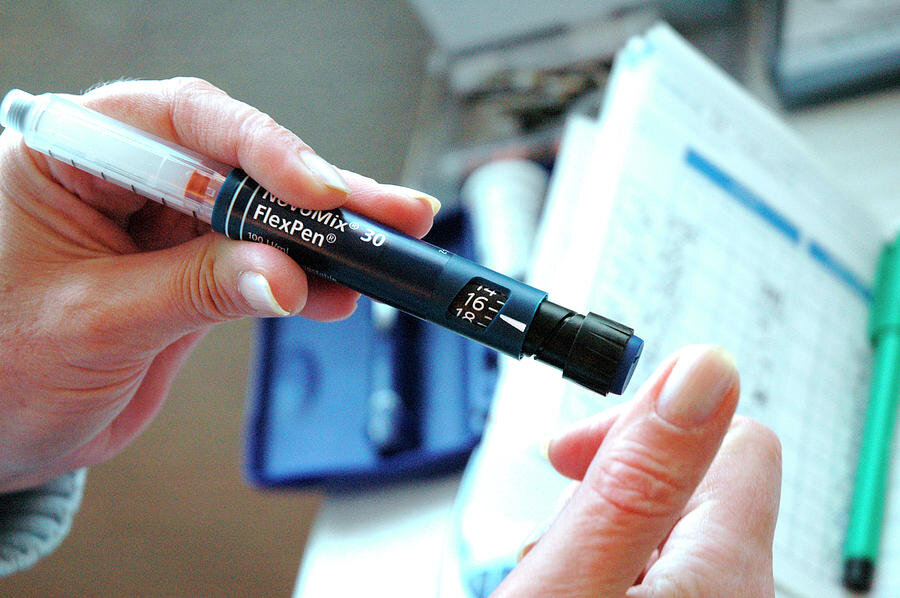Foreign company invests €70m in Iranian medical project

TEHRAN - Novo Nordisk, a leading global healthcare company, headquartered in Denmark, launched an insulin pen production line in Iran on Monday which is said to be the first of its kind in West Asia and East Mediterranean region.
According to deputy health minister Kiyanoush Jahanpour, the project can meet more than 30 percent of the country’s need in the first phase and target the West Asia and East Mediterranean region’s market once the production line is expanded.
The production line was established by investing some 70 million euros, creating jobs for at least 150 Iranian skilled workers.
It is projected to manufacture up to 25 million insulin pens in the first year and the output will increase to 45 million in the second year, saving 50-60 million euros of foreign currency per year.
Iraq, Afghanistan, and some other neighboring countries will be the initial export markets for the insulin pens manufactured in the country.
Foreign investment the top priority
On the sidelines of the inauguration ceremony, Health Minister Saeed Namaki said that the promotion of foreign investment is the ministry’s top priority which is preferred to the importation of medicine.
Referring to statistics, he said that some 313,000 individuals die every year in the country as a result of non-communicable diseases, like diabetes.
5 million Iranians suffering from diabetes
Alireza Mahdavi health ministry official In November 2019 said that some 11 percent of Iranians above 25 years old, accounting for 5 million people, is suffering from diabetes, and 18 percent of the population is pre-diabetic.
Afshin Ostovar, the Health Ministry’s director for non-communicable diseases, said in November 2018 that diabetes has direct and indirect costs for Iran to the tune of $4 billion per year.
Globally, an estimated 422 million adults were living with diabetes in 2014, compared to 108 million in 1980. The global prevalence of diabetes has nearly doubled since 1980, rising from 4.7 to 8.5 percent in the adult population. This reflects an increase in associated risk factors such as being overweight or obese. Over the past decade, diabetes prevalence has risen faster in low and middle-income countries than in high-income countries.
In 2016, an estimated 1.6 million deaths were directly caused by diabetes. Another 2.2 million deaths were attributable to high blood glucose in 2012.
Almost half of all deaths attributable to high blood glucose occur before the age of 70 years. WHO estimates that diabetes was the seventh leading cause of death in 2016.
Diabetes is a major cause of blindness, kidney failure, heart attack, stroke and lower limb amputation. A healthy diet, physical activity, and avoiding tobacco use can prevent or delay type 2 diabetes. In addition, diabetes can be treated and its consequences avoided or delayed with medication, regular screening, and treatment for complications.
MG
Leave a Comment